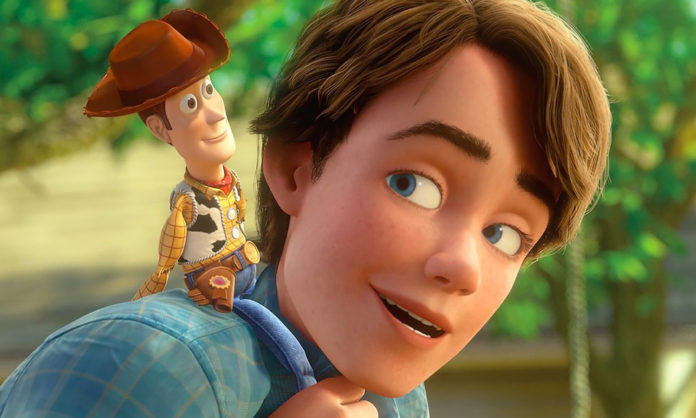In a post on DIY MFA, Stephanie Dethlefs says that Pixar movies offer a master class in cause and effect plotting. “There is one familiar element that Pixar teaches that we can all lean on for creating tightly crafted stories and keep the reader turning the page: their storytelling structure,” she says. Many of the movies follow the same general structure:
- Once upon a time / Every day… “Although we are often anxious to jump right into the action, we have to pause and think about the state of affairs at the beginning before everything changes and the plot begins to unfold,” Dethlefs says.
- One day… At this stage, something happens to change the status quo. “This is the catalyst, the thing that happens that changes everything,” Dethlefs writes. “The catalyst could be huge, like the loss of a loved one, a diagnosis, or being replaced by a new space ranger toy. It could also be small, like something someone says offhandedly to the protagonist.”
- Because of that… This step repeats to form the plot. “Instead of simply saying ‘and then this happened’, we are intentionally connecting plot events through cause and effect by swapping it with ‘because of that,'” Dethlefs explains. “Because one thing happened, the next thing happened. This is how our key plot events stay connected and intentional, and keep from getting lost in the woods.”
- Until finally… This step usually occurs at the climax of the story, but the important part is that the protagonist has learned something he didn’t know or resisted at the beginning. “It’s what your reader has been rooting for them to realize all along the way,” Dethlefs says.
- And ever since that day… While Pixar stories have clean endings, yours doesn’t have to. However, you probably will leave your reader with a sense of what’s coming next for your hero and how she’s changed.












